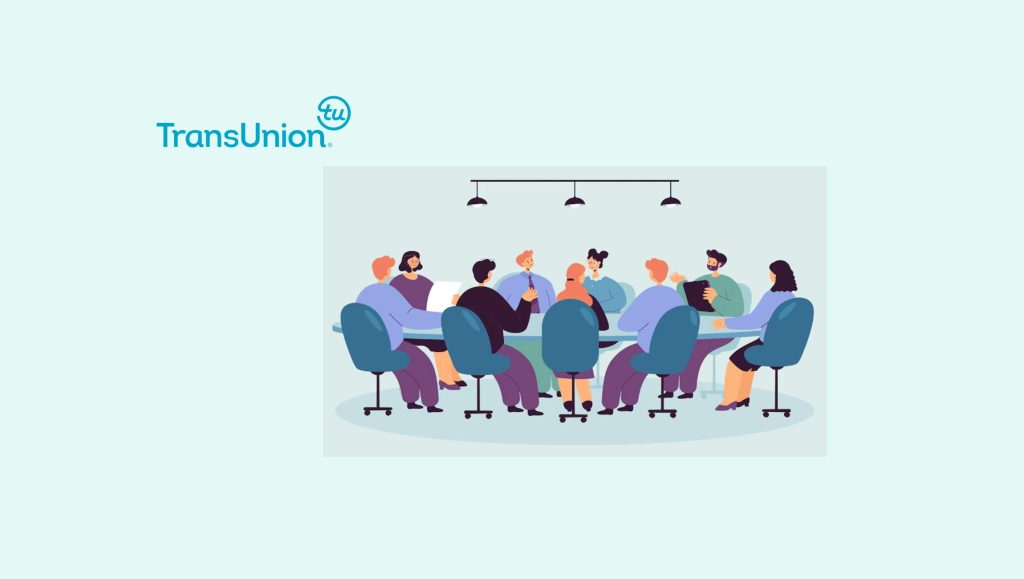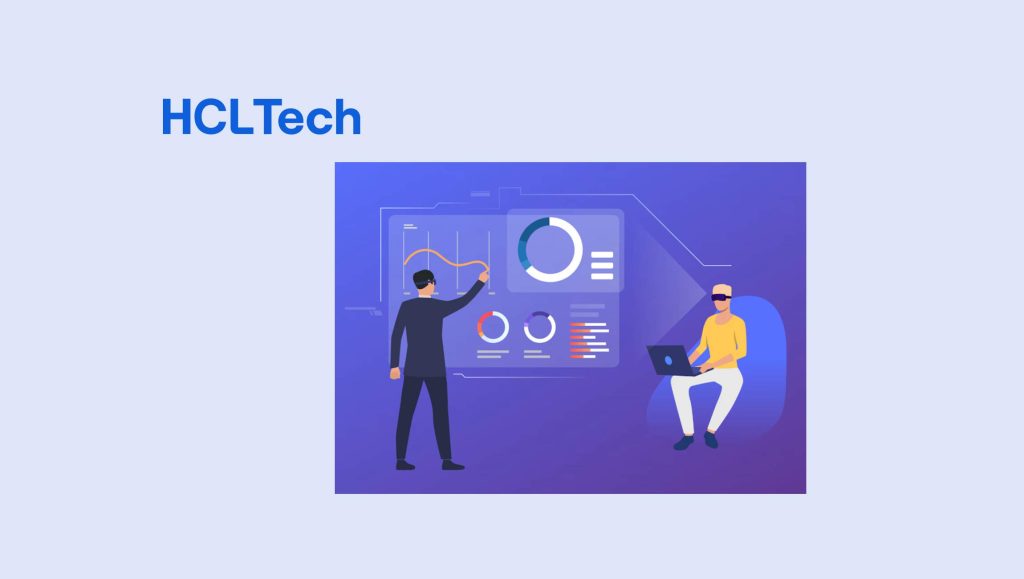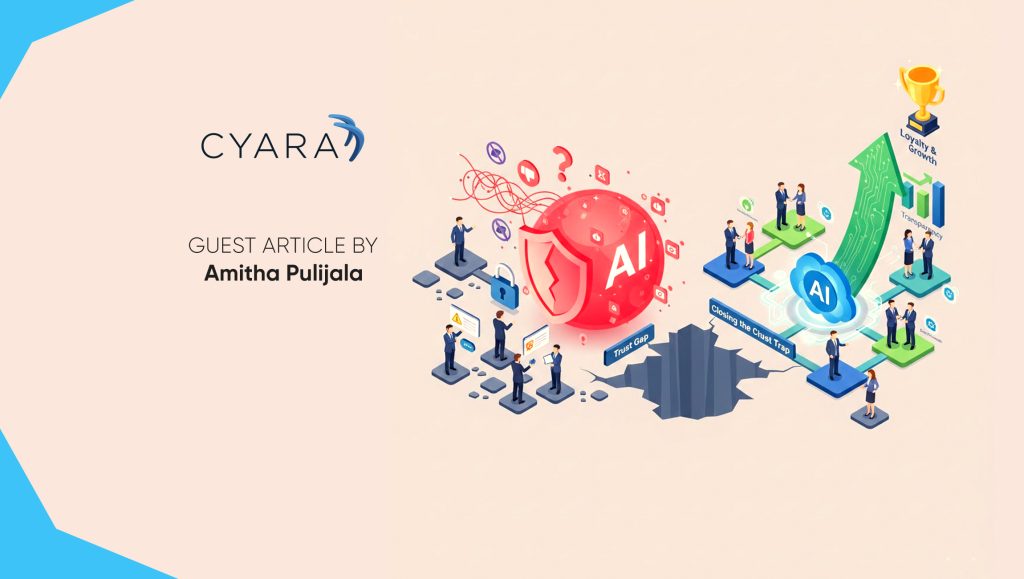During the pandemic, consumers flocked to online shopping out of necessity, purchasing everything from shoes to groceries without leaving the safety of their homes. This trend has since shown few signs of abating, with roughly half of consumers purchasing highly customizable products such as home furnishings or clothing online during the past year. However, prices are rising for just about everything, forcing consumers to make increasingly difficult choices.
For example, in the next three to six months, more than 8 in 10 consumers are planning to rethink or even reduce their product spending. These shifts in shopping behavior will have broad retail consequences. Conversions will be critical, but with approximately half of consumers abandoning their online shopping cart at least once in the last twelve months because of shopping difficulties (e.g. lack of personal recommendations, trouble finding the right products, etc.), retailers have some work to do. That’s why today, amid growing economic uncertainty, personalization matters more than ever.
Consumers Now Expect Personalized Retail Experiences
Consumers are exposed to so many texts, emails, ads, and other digital content everyday – you don’t want to get lost. To break through the noise and engage effectively, you need to give them what they’re looking for with the power of personalization. Consider these statistics:
- Consumers experience about 150 “micro moments” per day, including purchase moments, research moments, and discovery moments, among others.
- In these moments, brands have mere seconds to capture and keep consumers’ attention.
Even when the economy is on a positive upswing, personalization isn’t just nice to have; it’s now what consumers expect. Personalization provides value to your consumers and keeps them connected and engaged with your brand. It increases customer loyalty, which in turns improves conversions and generates revenue.
For example, one of the largest brands in the hair and beauty care industry globally wanted to increase their ecommerce conversions with more clicks on their “Buy Now” button. Across the website, there are “Buy Now” buttons which link to third-party retailers or their own e-commerce website to purchase products. The buttons are often embedded in their blog style articles on beauty and haircare. They have increased traffic to their e-commerce site by:
- Ensuring e-commerce product links have the same design as other external links
- Placing dynamic product links that prioritized direct-to-consumer channels where possible
- Making sure the consumer experience wasn’t impacted by any dynamic changes to the website
Read More: SirionLabs Taps Salesforce Veteran Ken Cavallon To Establish Technology Alliances And Platform…
How to Deliver Personalized Experiences to Increase Conversions
Retailers who express care and concern for consumers’ individual shopping experiences establish long-term relationships with their customers. Imagine a consumer, Jessie, visits a beauty brand’s website to look for skin care products, which she regularly purchases from this brand. Rather than seeing pop-ups for a sale on mascara or foundation, or seeing the latest hair products, the brand can curate a more relevant, personalized experience that includes skin care product recommendations and related deals.
This experience is more likely to make Jessie feel like the brand understands her and her preferences, instead of having to wade through unrelated product recommendations and offers just to get to the products she wants to purchase. To improve conversions, these personalized recommendations would take into consideration available inventory so that Jessie doesn’t arrive at a product page with an item that is out of stock. These experiences are not confined to a website alone – brands can extend these types of personalized experiences to other D2C channels like email and SMS.
Read More: SalesTechStar Interview With Kerry Cunningham, Research And Thought Leadership At 6sense
Data Can Unlock Next-Level Personalization
While the most basic personalization can be a simple message that reaches the masses, true customer personalization is not a one-size-fits-all solution, which means it can’t be done manually, especially for growing retail brands. A manual approach to personalization is impossible to scale because, for one, enabling dynamic personalization is extremely time consuming. However, what makes personalization even more challenging is curating recommendations and dynamic content for thousands of prospective consumers.
Many retailers struggle to fully understand their consumers’ needs because they don’t have access to the right data. This issue can create confusion around where to target consumers and which content to use for the biggest impact. For these reasons, it’s crucial for companies to invest in solutions powered by artificial intelligence that can automatically collect, organize, and pull actionable insights from data.
Data makes it possible to understand your consumers better than they may understand themselves. Consumer preferences are constantly changing and depend on factors that are often forgotten like their moods, weather, location, time, and so much more. To implement a data strategy that helps you understand your consumers on a deeper level, here are some best practices for your marketing team to follow:
- Create a digital transformation plan
- Invest in data collection and analysis
- Scale dynamic content and audience segmentation
Today, consumers expect highly personalized experiences and the only way to provide them at scale is through data science. Along with higher conversions, personalization also leads to improved customer loyalty and improved marketing ROI which is why it’s necessary to implement it in your digital marketing efforts, especially during these tricky economic times where every moment and every dollar matters.
Read More: Onboarding Employees Quickly During Rapid Expansion





















